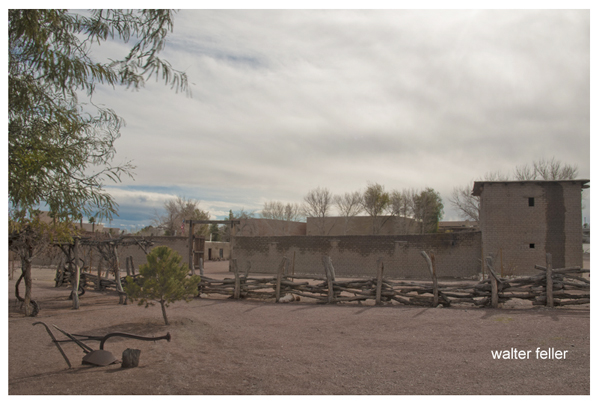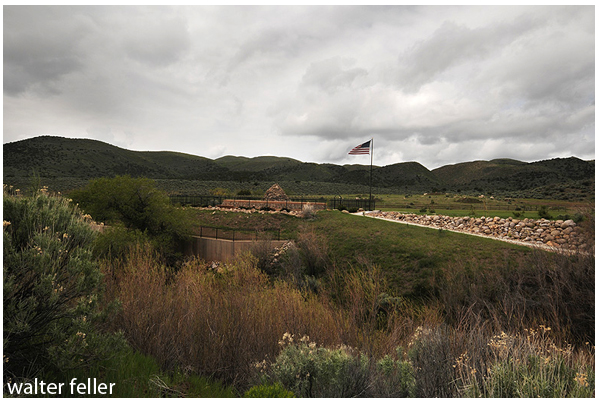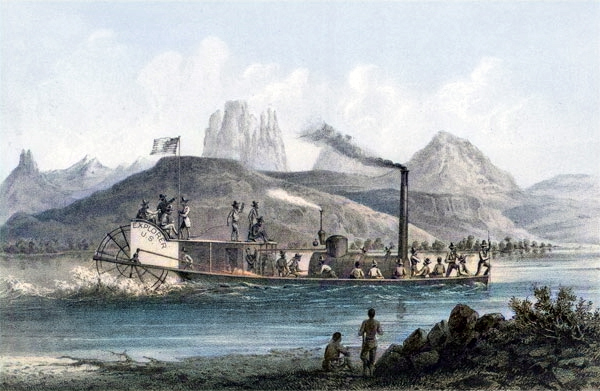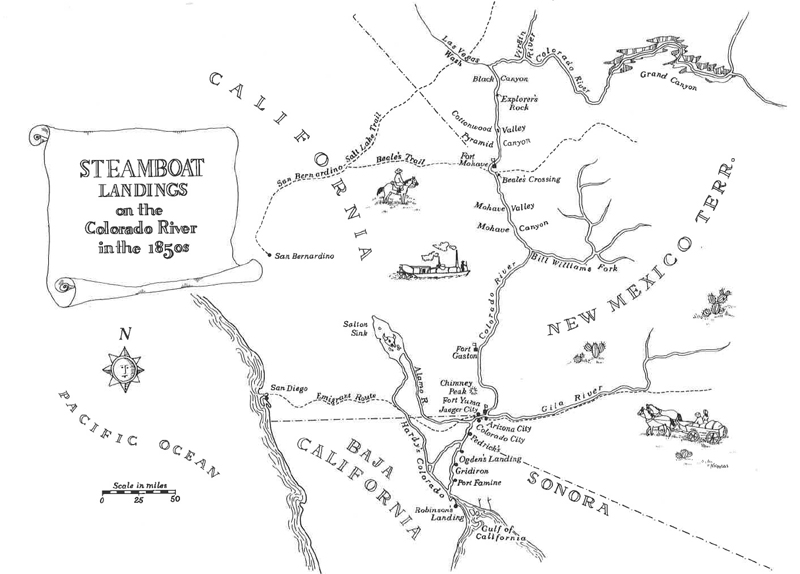The Mormon War (Utah War) of 1857–58 was a conflict between the U.S. government and the Mormons in Utah Territory, though it never escalated into full-scale fighting. President Buchanan, concerned that Brigham Young was prioritizing church laws over U.S. laws, replaced him as territorial governor and sent a military force led by Colonel Albert Sidney Johnston to enforce federal authority. In response, Young declared martial law, mobilized the Mormon militia, and recalled Mormon settlers from surrounding regions. Harsh winter conditions delayed the U.S. Army’s arrival, allowing time for negotiations, which ultimately resolved the dispute peacefully.



During this period, tensions were high, especially following the Mountain Meadows Massacre in 1857, which contributed to fears of conflict and influenced emigrant routes. Meanwhile, the Mormons were also exploring and attempting to expand their influence along the lower Colorado River. They hoped to establish an outlet to the sea for trade, increase missionary efforts among Native American groups, and prepare for possible military threats.

In Las Vegas, Nevada, Mormon missionaries established a mission in 1855 at Las Vegas Springs and explored the Colorado River’s navigability. Early expeditions, such as those led by Rufus Allan and later groups, scouted the river and surrounding lands but found the river largely unnavigable. With the rising tension between Mormons and the U.S. military, Jacob Hamblin and other Mormon scouts, including Ira Hatch and Dudley Leavitt, conducted reconnaissance on U.S. Army activities, believing an invasion was imminent. One Mormon spy, Thales Haskell, was caught aboard the military survey steamer Explorer but provided misleading information about alternative California routes.
Fearing a federal attack from the south, Apostle Amasa M. Lyman led an expedition in 1858 to identify a defensive site near Pyramid Canyon, though no battle materialized. They concluded that Eldorado Canyon was the furthest feasible point for navigation. Ultimately, the anticipated invasion never came, and tensions eased.
